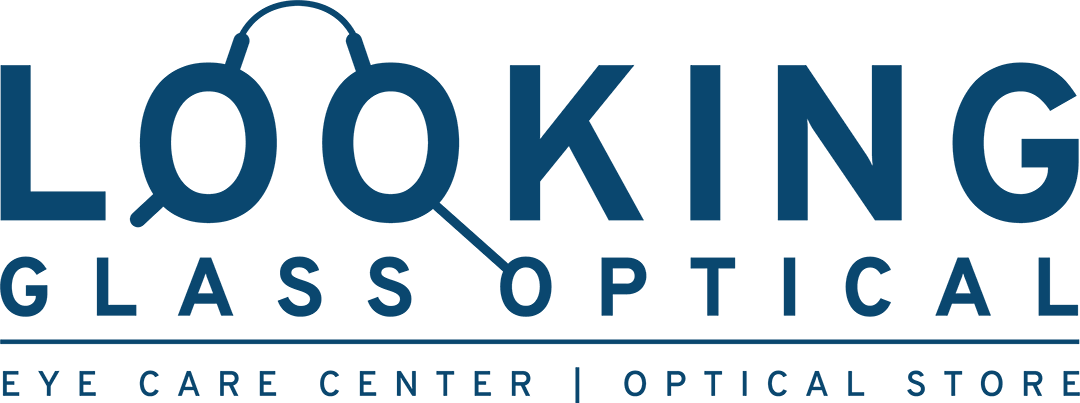Blue Light & Computer Eye Strain
Some studies suggest that over 60 percent of us spend more than 6 hours a day in front of some sort of digital device. And, it seems that this extended time in front of electronic screens is affecting our health and vision. So what are the effects of artificial blue light and computer eye strain, and can it be prevented? Here is some information to address all of your concerns.
What is Blue Light?
Blue light is everywhere. It is the shorter, high-energy blue wavelengths collide with the air molecules causing blue light to scatter everywhere. Your body uses natural blue light from the sun to regulate your natural sleep and wake cycles. It improves alertness and heightens your senses, as well as elevating moods, and increasing overall well-being.
There are many Artificial sources of blue light including electronic devices, such as cell phones and laptop computers. Other sources could be energy-efficient fluorescent bulbs and LED lights.
Blue light is harder for the eyes to focus because it scatters more easily than other visible light. Therefore, when you look at computer screens and other digital devices, it translates to “visual noise.” The flickering combined with the glare affects focus, thus causing eye strain, headaches, physical and mental fatigue.
Artificial Blue Light Affects Vision
Naturally, our eyes cannot filter or provide sufficient protection against blue light rays, either from the sun, electronic devices or emitted from fluorescent-light tubes. Unfortunately, prolonged exposure to blue light may cause retinal damage and contribute to age-related macular degeneration.
Therefore, you could consider special computer glasses with yellow-tinted lenses. They may increase comfort when you’re viewing digital devices for extended periods of time. Manufacturer’s such as ZEISS optical lenses and GUNNAR, have created exclusive patented lens technology that blocks blue light from natural and artificial sources. Talk to your eye doctor about which type of lenses could be best to suit your needs and protect your eyes from potential eye strain.
Steps To Minimize Computer Eye Strain

- Get a comprehensive eye exam.
- Use proper lighting.
- Upgrade your display.Adjust your computer display settings.
- Adjust your computer display settings. Blink more often.
- Blink more often and exercise your eyes.
- Take frequent breaks.
- Modify your workstation to minimize glare.
- Consider computer eyewear.
Special Circumstances
Blue light protection is even more critical after cataract surgery. The eyes become more sensitive than before. The lens in the adult human eye blocks nearly 100 percent of the sun’s UV rays. As part of the normal aging process, the eye’s natural lens eventually blocks some short-wavelength blue light as well — the type of blue light most likely to cause damage to the retina and lead to macular degeneration and vision loss.
Studies have also shown that contact lens wearers experience greater eye strain than those who wear glass or those who need no corrective lenses. Most doctors agree that silicone hydrogel contact lenses may offer the most relief.
If you have questions about blue light or computer eye strain contact Looking Glass Optical. Our team is here to answer all of your questions. Make an appointment today for a comprehensive eye exam.
